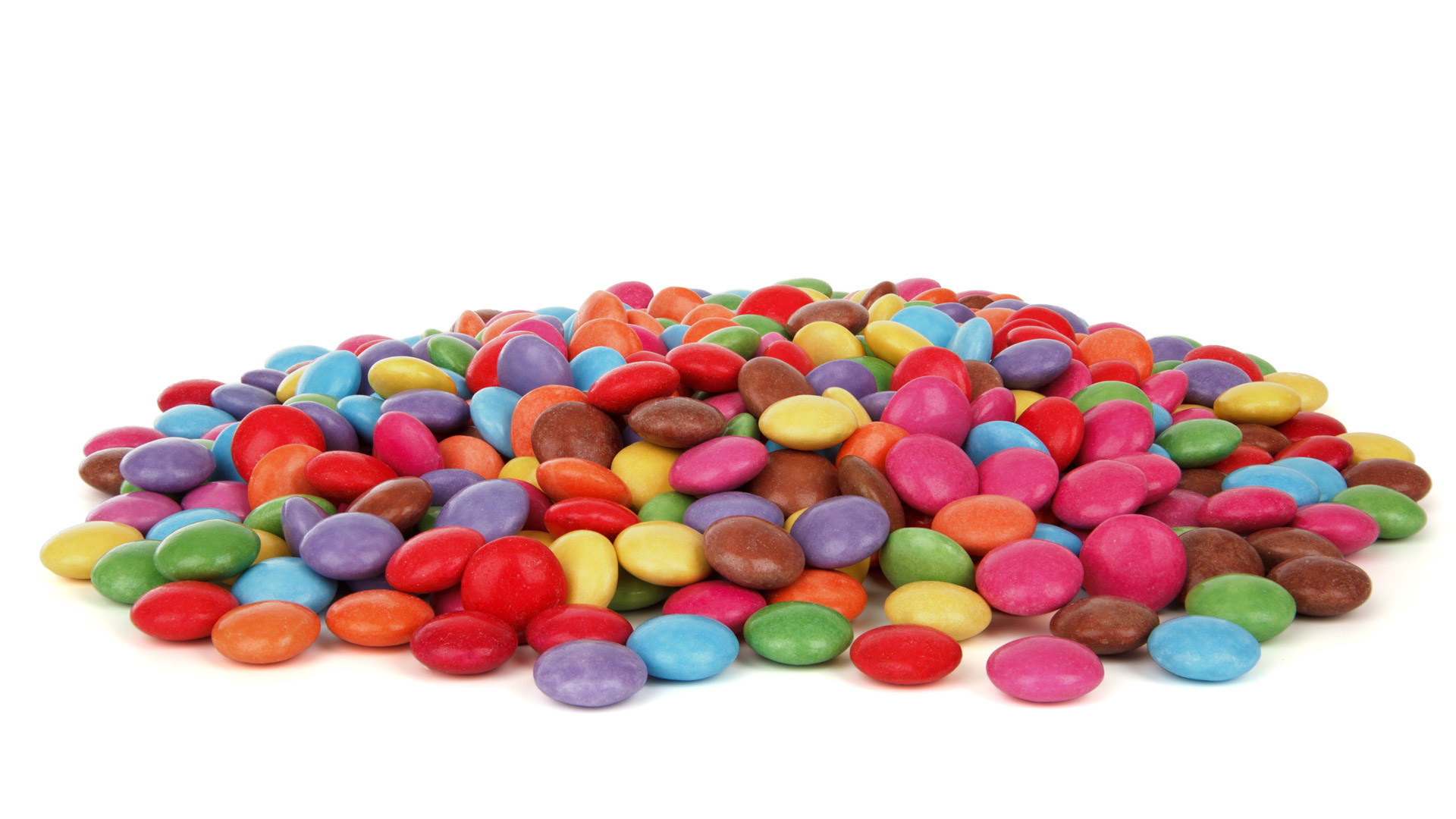The NC for Year 1 lists counting on or back in 2s, 5s and 10s - the next step after counting confidently in 1s. So I thought I'd challenge the girls and see how they coped with the idea.
As they can count up to 100, I started with counting in 10s as it seemed the simplest. The twins are both logical and visual in their learning, so it was simple to just write the numbers 1-10 down the whiteboard and then next to each number write the multiple of 10. After the first few, the pattern became obvious and they were able to tell me what needed to go next in order to get to 100 in 10s. They found it amusing how simple it was since I began by telling them they were going to do something really difficult by counting in 10s! I think the humour helped it to stick in their heads too. 😊 We did a few chanting games altogether, alternating filling in what went next orally by going round our circle of 3, and then they pretty much had counting in 10s sorted.
Another day, we looked at counting in 2s. I introduced the concept using their multilink cubes, so they had 10 cubes each which they counted and then had to group into 2s. Then we counted the cubes together in 2s and confirmed there were still 10. We did this with a few different toys over the next couple of days, e.g. small animals, Duplo, etc., increasing the total to 20 objects. One of them commented counting in 2s was just missing out a number, which I thought was a good observation!
That comment prompted me to print them out a couple of 100 Squares so they could see the pattern visually, as I thought it might help cement the idea in their heads:
It's pretty self-explanatory what we did. 😛 I needed to supervise just to keep them on track but they managed the task ok. After the first few lines of 2s they noticed the pattern was just lines going down the page, so I prompted them to predict what the next line would look like. After about half the square, they were sure they just wanted to colour straight lines to fill in the rest, so I let them. 😂 Then we counted through the whole square in 2s, using their finger on the squares and making sure they counted one then missed one, just to check it was all correct. Then they did the 10s, which was quick and easy, and again we counted through them just to check. We also pointed out that all numbers end in 0 when counting in 10s.
After a break of a week or so, we repeated the process with 5s over a few days: doing it physically by grouping objects and pictures, chanting and singing and playing games verbally, then colouring in the pattern on a 100 square. This was helpful again in seeing all the numbers ended with 5 or 0 and alternated between 5 and 0.








